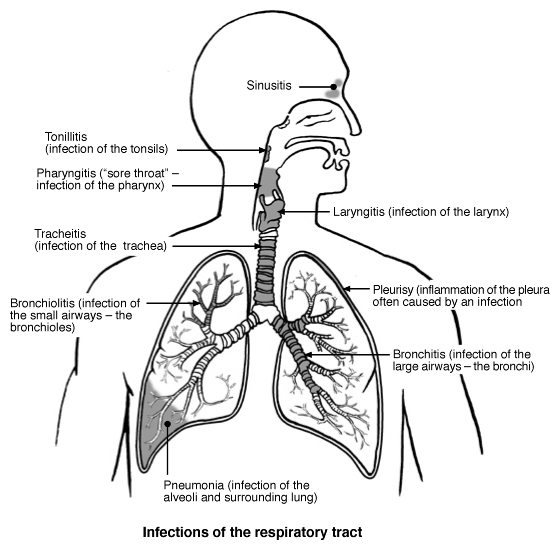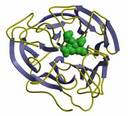|
|
|
|
|
|
|

|
| |
INFORAMATIONS SCIENTIFIQUES
| |
| |
 Le virus influenza
Le virus influenza
- RECEPTOR BINDING AND MEMBRANE FUSION IN VIRUS ENTRY: The Influenza Hemagglutinin
- Upper Respiratoty Tract Infections Sherif B. Mossard, MD Upper respiratory tract infection (URI) is a nonspecific term used to describe acute infections involving the nose, the paranasal sinuses, pharynx, larynx, trachea, and bronchi. The prototype is the illness known as the common cold, which will be discussed here in addition to pharyngitis and sinusitis. Influenza is a systemic illness that involves the upper respiratory tract and should be differentiated from other causes of URI. Acute laryngotracheobronchitis (croup), epiglottitis, and otitis media are infections that occur primarily in the pediatric population and will not be discussed in this chapter.
Influenza primer, Part I: Influenza and influenza-like illnesses (ILI)
Influenza primer: Part II, the influenza virus
Naming Influenza Viruses
Primer Cytokine Storm
Disease Transmission Primer
Glossary
|
| |
|

|





